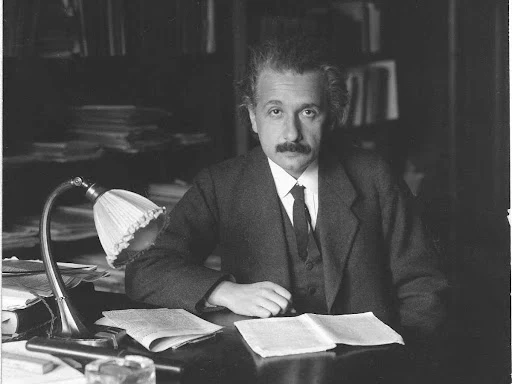🇺🇸 The first residents of what is today the United States of America immigrated from Asia about 15,000 years ago by crossing Beringia into Alaska. The colonial history of the US began with the subsequent arrival of settlers from Europe.
17-th Century Map of America.
🇺🇸 The Thirteen British Colonies that would became the original US states, were founded along the east coast beginning in 1607, and grew very rapidly thereafter. By the 1750s, they had achieved a very high standard of living. Men owned their own farms and could vote in elections for the colonial legislatures.
George Washington {1-st President of US}.
🇺🇸 However, the colonists did not have representation in the ruling British government and believed they were being denied their their constitutional rights as Englishmen.
The First Design of US Flag { Grand Union Flag, 1776 }.
🇺🇸 The Thirteen Colonies began a rebellion against British rule in 1775. Each of the colonies ousted all royal officials and set up their own governments, which were coordinated out of Philadelphia by Continental Congress.
Declaration of Independence by Founding Fathers of America (1776).
🇺🇸 In January 1776, a man by the name of Thomas Paine wrote Pamphlet entitled “ Common Sense ”, in which he outlined the reasons that he felt it was time for the colonies to part company with Great Britain, and form their own independent nation.
Thomas Paine { Author of Common Sense }.
🇺🇸 The Second Continental Congress charged Thomas Jefferson with the responsibility of writing a declaration of independence that would be sent to Great Britain.
Thomas Jefferson (3-rd President of US).
🇺🇸 On July 4, 1776 this declaration was officially adopted by the Continental Congress. With the ratification of the Articles of Confederation and Perpetual Union, the United States of America became a nation state in 1781. These articles stated that each colony was to act as an independent state, and that each had the right to pass laws within their territories.
American Civil War between the Union and Confederacy { 1861 - 1865 }.
🇺🇸 Only two people, John Hancock and Charles Thomson signed the declaration of Independence on July 4 1776.
Right side - John Hancock ; Left side - Charles Thomson.
🇺🇸 This new nation was to be headed by a president, rather than a monarch. This President would be elected by the Legislature, which was in turn elected by the people. This type of government is known as a republic....
" America Will Never Be Destroyed From The Outside. If We Falter And Lose Our Freedoms, It Will Be Because We Destroyed Ourselves. 🇺🇸 "
— Abraham Lincoln 🇺🇸 (1809 - 1865)





























